Thanks for this interesting piece Adrian H. Raudaschl 👏
I want to add some thoughts and remarks to yours, and hopefully spark discussion 🤷♂ 😉
1/6 The Skeptic Approach: Less Wrong.
“Product managers (PMs) don’t build products. However, what we do contribute is something equally tangible: decisions. For any given day we can make hundreds of choices. But, being wrong about an important decision can feel like a very public and career-damaging affair, so it’s worth investing the time to develop this skill.”
First of all, I think you touch upon a very important point here: as decision-makers, we should aim at being “less wrong”, not more “true”. This mindset transcribes in being more comfortable in navigating uncertainty: knowing that you don’t know mitigates the cognitive dissonance of ignorance –no disillusion for whom is ready to drop the comfort of the illusion of certainty.
LessWrong 2.0
A community blog devoted to refining the art of rationalitywww.lesswrong.com
2/6 The Missing variable: context.
I humbly think you’re missing an important variable in your decision model: the context (or environment). Your decisions are not isolated components, and all contexts do not imply the same kind of level of confidence, nor imply necessarily the same kind of decisions. The complexity of the environment you are navigating in should call for different types of thinking and evidence.
Note that your agency –ability to make sense & act– is interrelated with the systems you are part of, and so are the tools (thinking styles, methods, etc.) you (should) use.
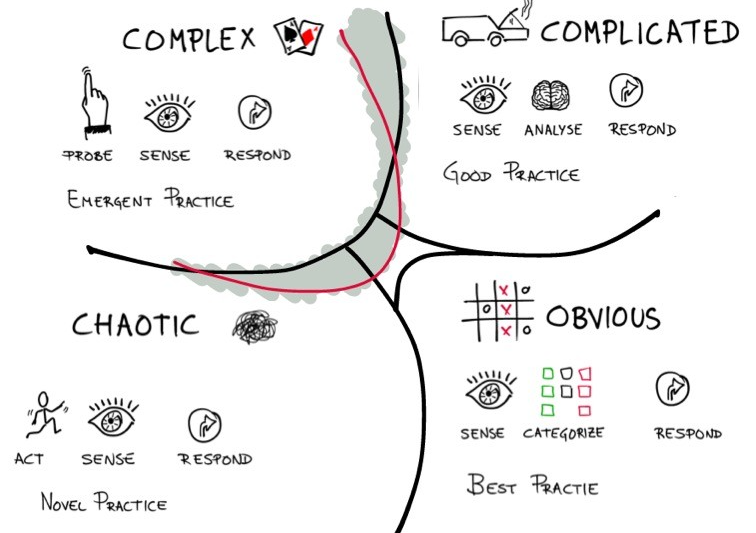
For instance, most technical & engineering contexts are known-knowns (Obvious) and known-unknowns (Complicated) environments: here, decision-makers can rely on best-practices, intuition, classical analysis, and reductionism because of predictability of the environment.
3/6 Measuring Wrongness Over Truthness.
“Try this: Envision a future where everything has worked out, and your goals have been achieved. Then ask yourself, “How did we get here?”. This lets you think through the steps taken that lead to success, and any additional decisions/events required along the way.”
I‘ll be quick on this one, but in an uncertain environment, it is way easier to define in your hypothetical future what you don’t want to see as outcomes. Setting-up constraints open opportunities, possibilities, and different kind of thinking. It’s less about focusing on “successes” — because of uncertainty — than measuring how wrong we are (or can be).
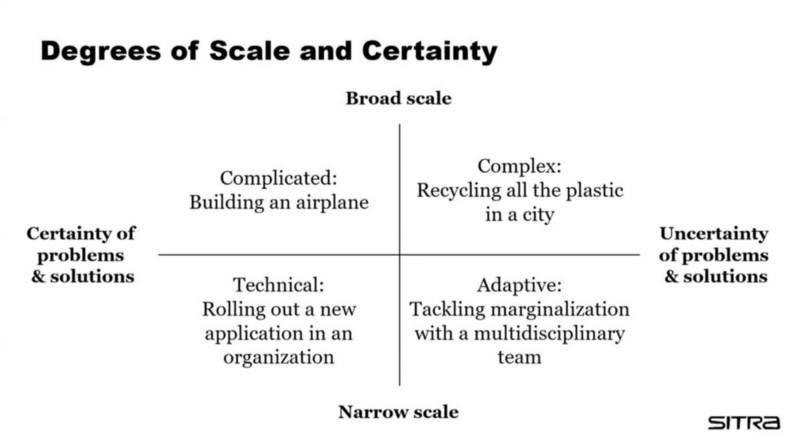
4/6 On Self-determinism.
“We make bad decisions mostly as the consequence of cognitive bias.”
I cannot overstate how:
- I sincerely understand why you’re believing such a thing;
- I kinda disagree with this over-simplistic mono-causal description.
We make “bad” decisions because of many things: limited or contradictory data, systemic & unpredictable changes, inaccurate models, maladapted tools, to cite a few. And indeed, our cognitive bias. But, you also make “good” decisions (by many standards) because of your cognitive bias as well, and this, every day. Cognitive biases are not “bugs in the matrix”. They are (unavoidable) patterns of thinking, which sometimes, lead to erroneous conclusions.
Therefore, what’s bad and good is not dependent upon which a decision was informed by our cognitive biases or not –it most certainly always is.
I’m not sure you’re implying this, but the myth of self-determined all-rational (and emotionless) agents is (should be) long dead since behavioral sciences and neurosciences showed that emotions are necessary components to our ability to make decisions.
I know that it might seem trivial, but reducing “bad decisions” to self-deterministic mono-causal explanations IS by definition ignoring and neglecting the impact of all the (systemic) exogenous factors at play. Ironically, this is a fundamental attribution error.
In short: your environment influences you as much as you influence it.
You should adjust your cursor accordingly.
5/6 Probabilistic Thinking → Bayesian Thinking.
“One of the most useful tools I have found for comparing decisions is a Decision Matrix. I love this tool. It forces you to process a set of well-defined alternatives from many different angles.”
An interesting tool indeed. But the problem you seem to point out later is the lack of consideration for prior belief.
“Allow yourself to mull over your options. Go for a long walk or just get creative enough to let your mind wander and think away in the background.”
See, you don’t really start from a blank page. Most of the time, what comes first in mind are our “preferred” assumptions about the problem, the solution, etc. Your probabilistic model lacks “forgiveness” to 1) the user fallibility; 2) an unknown context.
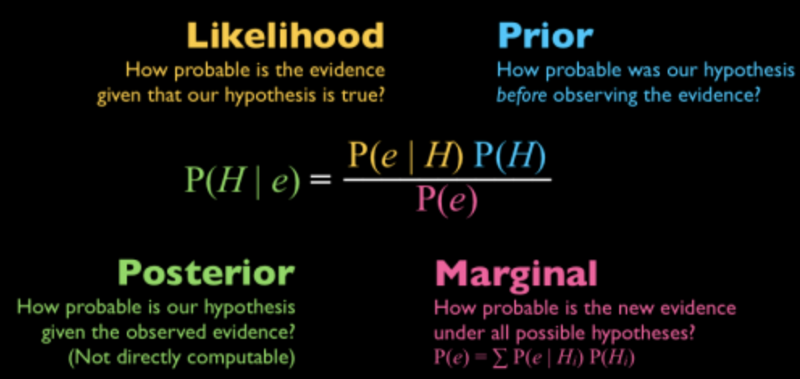
In fact, you probably don’t want a model that tells you what IS the “good answer”, but more what are, based on the available information, the likelihood of ALL the answers to be correct, and then seek for more evidence to adjust your scale of likelihood. The trick here is that you never really exclude any proposition.
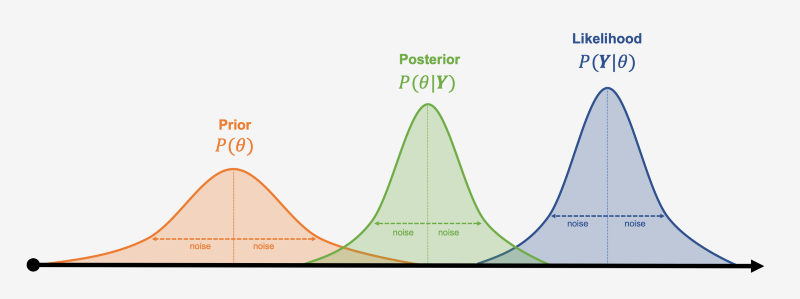
Theses two videos here (in French with English subtitles) and here explains the approach very well. But, well, I guess, you probably already know it.
6/6 A Portfolio Approach
My final, short point.
Because complex, uncertain, and adaptive environments cannot be reduced to clear causal relationships (only in hindsight), a portfolio approach of strategies (decisions, hypotheses, etc.) maximizes chances to impact positively your environment.
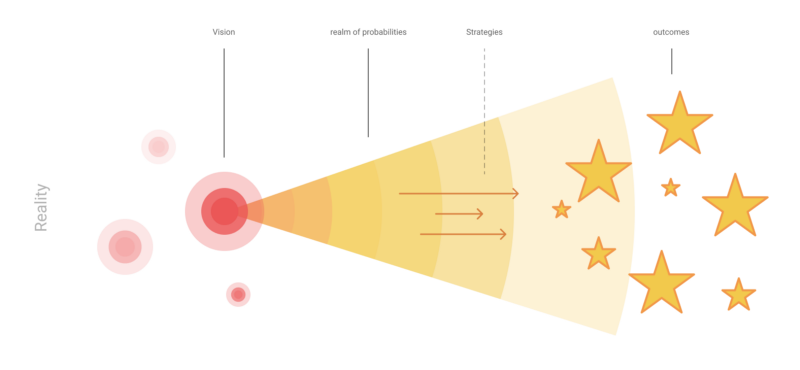
What do you think of these points?
Anyway, hope this helps in your interesting reflection around decision making 👍
Best, Kevin.





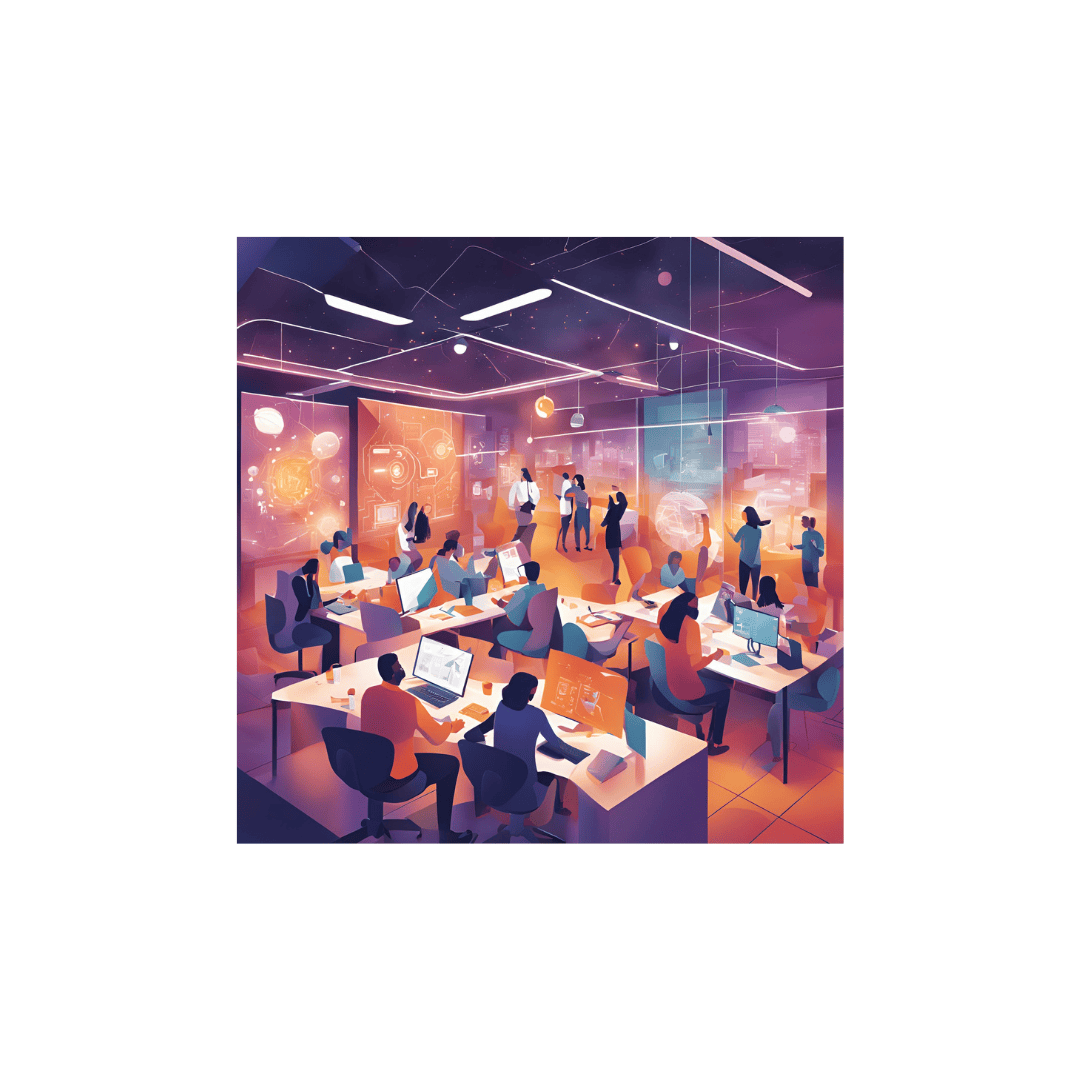



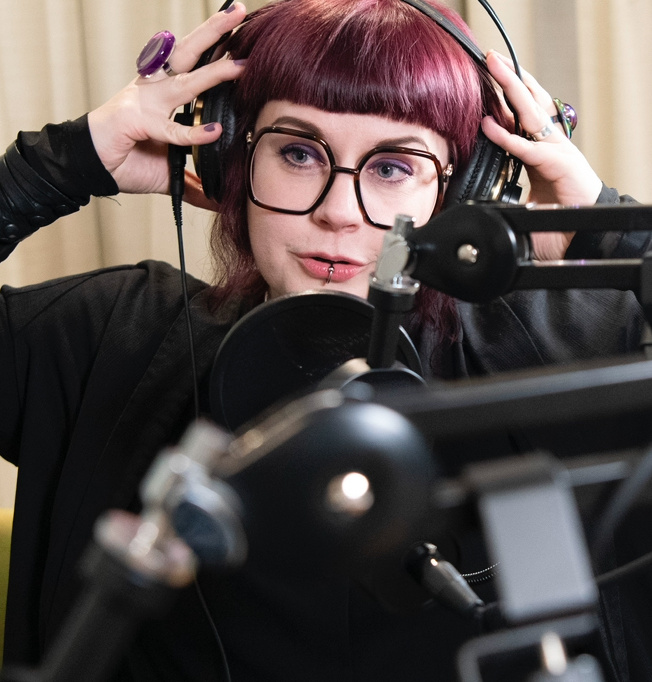



Discussion